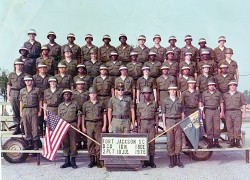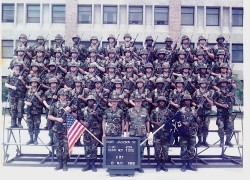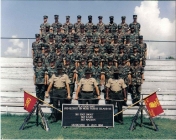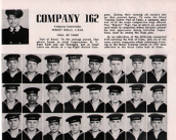Builders (BU) build and repair wood, concrete and masonry structures; performs rough, finished carpentry, and masonry install sheet rock, paneling, ceramic tile, millwork, trim, and perform paint and preservation; build forms, mixes, places, and finishes concrete for varous types of projects; operate and maintain carpentry and cabinet making shops; build and repair water front structures make estimates or mater als and labor or construction projects and maintain individual combat readiness and perform tasks required in combat and disaster preparedness or recovery operations.
US Navy
Construction Electricians (CE) install and repair interior wiring; overhead and underground primary and secondary distribution systems; setup, operate and service electrical equipment; climb poles and towers utilizing lineman's equipment; attach and service electrical equipment, (i.e. transformers, switching equipment, motors, motor controllers, controls and electrical system) perform tasks required in combat and disaster preparedness or recovery operations.
Construction Mechanics (CM) perform tasks involved in maintenance, repair and overhaul of automotive, materials handling and construction equipment; assign and supervise activities of assistants who locate, analyze and correct malfunctions in equipment and issue repair parts; maintain records; prepare requisitions and reports; train assistants in repair procedures and techniques; maintain individual combat readiness and perform tasks required in combat and disaster preparedness or recovery operations.
Engineering Aides (EA) plan, supervise and perform tasks required in construction surveying, construction drafting, planning and estimating and quality control; prepare progress reports, time records, construction schedules and material and labor estimates;
establish/operate a basic quality control system for testing soils, concrete and bituminous materials; prepare, edit and reproduce construction drawings; make control surveys, performing such tasks as running and closing traverses, staking out for excavations and obtaining and converting field notes into topographic maps; maintain individual combat readiness and perform tasks required in combat and disaster preparedness or recovery operations.
Equipment Operators (EO) perform tasks involving deployment and operation of automotive, materials handling, weight lifting and construction equipment; direct and coordinate efforts of individuals and crews in execution of construction, earth-moving,
roadbuilding, quarrying, asphalt batching and paving, concrete batch plant operations, concrete paving and transit mixer operation assignments; maintain records and reports on mobile and stationary equipment and organize and supervise automotive and construction equipment pools; maintain individual combat readiness and perform tasks required in combat and disaster preparedness or recovery operations.
Steelworkers (SW) perform tasks directly related to fabrication and erection of preengineered structures, including steel reinforcement; control job site deployment of materials and equipment; direct and coordinate the composition, training and efforts of crews who fabricate, assemble, erect, position and join structural members and fabricated sections; maintain individual combat readiness; and perform tasks required in combat and disaster preparedness or recovery operations.
Utilitiesmen (UT) plan, supervise and perform tasks involved in installation, maintenance and repair of plumbing, heating, steam, compressed air, fuel storage and distribution systems, water treatment and distribution systems, air conditioning and refrigeration equipment, septic system, as prescribed by drawings and specifications; schedule and evaluate installation and operational tasks; prepare records and reports; maintain individual combat readiness; and perform tasks required in combat and disaster preparedness or recovery operations.
Privacy Policy | Terms of Service | Sitemap
(C) 2009-2021 The Military Yearbook Project
Contact: webmaster-(at)-militaryyearbookproject.org




